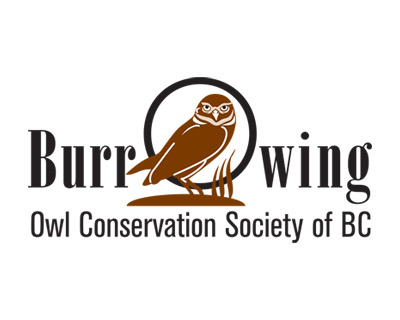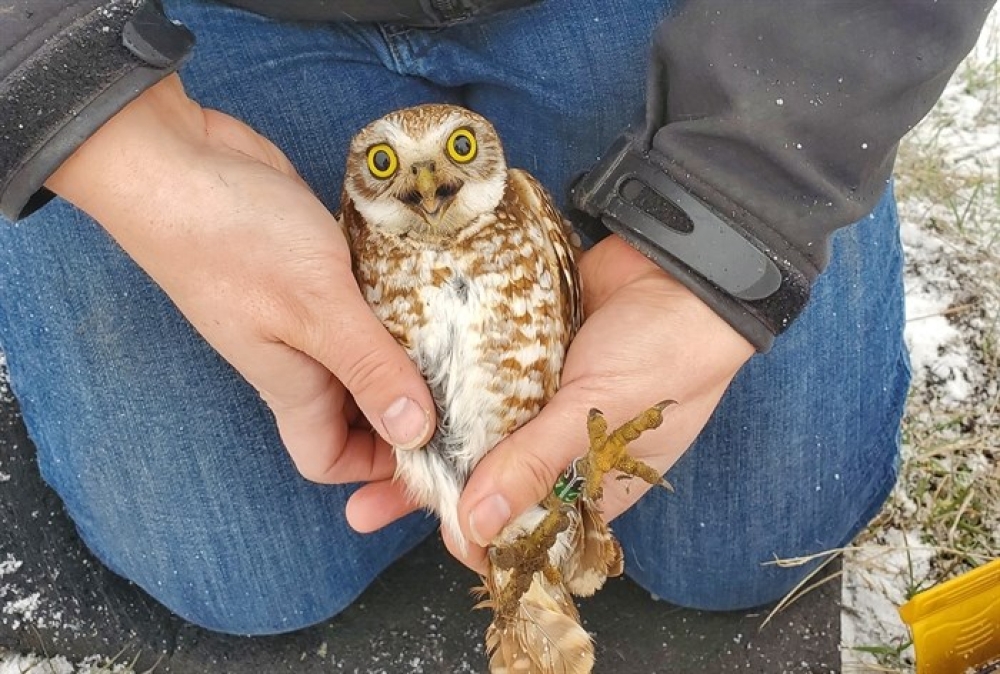Driven by warmer weather, one of B.C.’s most endangered birds is returning to their underground nests for the spring.
The Burrowing Owl Conservation Society of B.C., a non-profit group established in the 1990s to protect and increase the province’s dire burrowing owl population, found yesterday that the small owls have begun to return to their nests for the season.
“They’re all banded so we can see which ones have come back. This year so far… at one of our sites we’ve found two pairs and we’ve see others flying around at other sites so that’s really good news if they’re coming back from migration,” said society executive director Lauren Meads.
The small birds begin to nest end of March and April and will have babies in the summer. In the fall, these tiny owls migrate to the U.S and Mexico for the winter, she said.
The birds are bred in captivity in Oliver, Langley and in Kamloops at the B.C. Wildlife Park. About 100 owls are bred a year before they’re released into the Thompson Nicola and Okanagan regions in underground burrows that are built by the society’s members.
Normally, the owls occupy former badger dens but their grassland habitat is being threatened by urbanization and expanding agriculture in the Okanagan and Thompson Nicola Valley. They are currently considered to be extirpated as a breeding species in B.C., according to the Ministry of Environment.
“It’s not that it’s just in B.C. Alberta and Saskatchewan have the bulk of the burrowing owl population but they’ve really dwindled as well,” Meads said.
The society is still understanding the birds migration patterns and are working with international and Canadian partners to track their migration and determine hazards, she said.
“It’s a good species to really represent the grasslands and we really need to represent the grasslands and conserve this ecosystem,” she said.
Since the early ‘90s, they’ve released roughly 3,000 owls and have seen about 350 owls return, she said.
“It’s a good return rate but we’re not at the sustainable part of the program yet where we can leave it and the population can keep going,” Meads said.
The society builds nesting sites for the burrowing owls. Habitat, migration and climate change are all playing roles in the dwindling burrowing owl population, she said.
By: Carli Berry
See Original story at: Infotel

